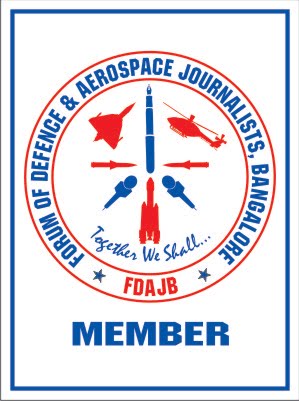Photos: B Satish Kumar | MoD
By Anantha Krishnan M
Express News Service
Bangalore: Far away from the action scene, shutterbugs and busy-busy plane people, there’s one group of air warriors from the Indian Air Force (IAF), silently going on with their share of work. They are probably handling one of the most critical jobs at Yelahanka Air Force Station. City Express’ heroes for the day are the members of the safety crew. Thy operating out of the safety bay, which is right under the ATC building.
 The safety crew has six CFTs (crash fire tender) and each unit consists of six people. In case of an air crash or any emergencies, they are the first set of people to reach an accident spot at lightning speeds. Their primary task is to save human lives first and minimize the damage. “We have our alert monitoring systems which has all the RT (radio telephony) between pilots and the ATC tower. Our response time, in case of any accident/incident is within two minutes. We are supposed to reduce 90 per cent of the fire within one minute, after the first vehicle reaches the spot,” says Sqn Ldr S Sreejith, Officer In-Charge of the safety crew. “In the wake of fire, the survival time for a human being is 138 seconds,” he says.
The safety crew has six CFTs (crash fire tender) and each unit consists of six people. In case of an air crash or any emergencies, they are the first set of people to reach an accident spot at lightning speeds. Their primary task is to save human lives first and minimize the damage. “We have our alert monitoring systems which has all the RT (radio telephony) between pilots and the ATC tower. Our response time, in case of any accident/incident is within two minutes. We are supposed to reduce 90 per cent of the fire within one minute, after the first vehicle reaches the spot,” says Sqn Ldr S Sreejith, Officer In-Charge of the safety crew. “In the wake of fire, the survival time for a human being is 138 seconds,” he says.
Fire tenders, safety ambulance and search and rescue vehicles are always kept on alert mode by the safety crew. A dry drill (weekly), wet drill (monthly) and mock-up drill (once in six months) test the preparedness of the safety crew boys, who report to the Senior Air Traffic Control Officer (SATCO) at Yelahanka ATC. “Unlike other fire accidents, the one involving a flying machine has fire from electrical components, metals, liquids and even explosives. The ejection seats have explosives in its system and we have to be extremely careful,” says Sreejith, who joined IAF nine years ago.
All aircraft operating at Yelahanka during Aero India will have to hand over their ‘safety pins’ to Sreejith’s team. “Different planes have different kind of ‘safety pins’ and these have to be inserted first into the ejection seats in case of an accident. These pins prevent the ejection seats from getting activated due to the impact of the crash,” says Warrant Officer J K Biswas, with the IAF for the last 31 years.
When a new type of aircraft arrives for the show, the safety crew scans it to understand the features of the plane. During an accident, the safety crew first cuts-off the fuel and power supply. Then the main battery is switched off and then the ejection seat is secured – all in a flash. “Our main aim is to safe the pilot’s life,” says Biswas.
Copyright@City Express, The New Indian Express
GET REGULAR UPDATES FROM
TARMAK007'S FB PAGE. CLICK





























